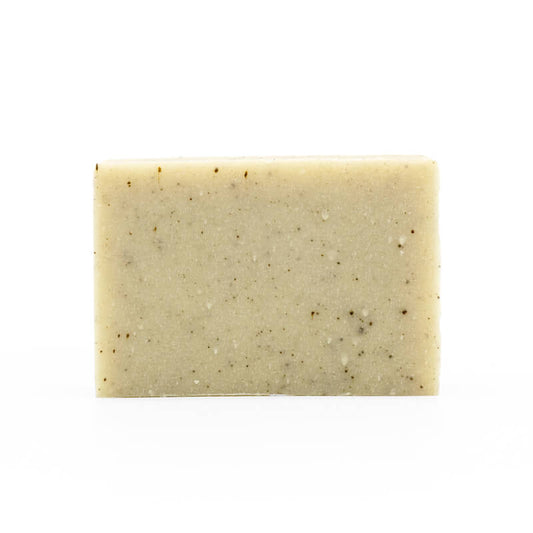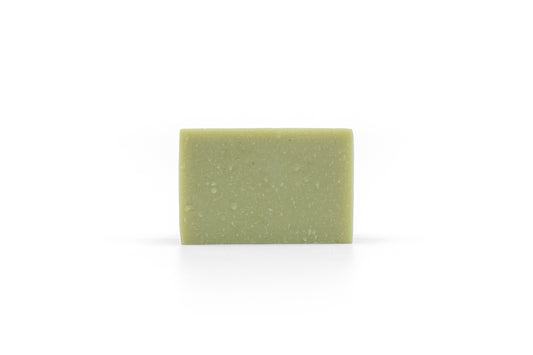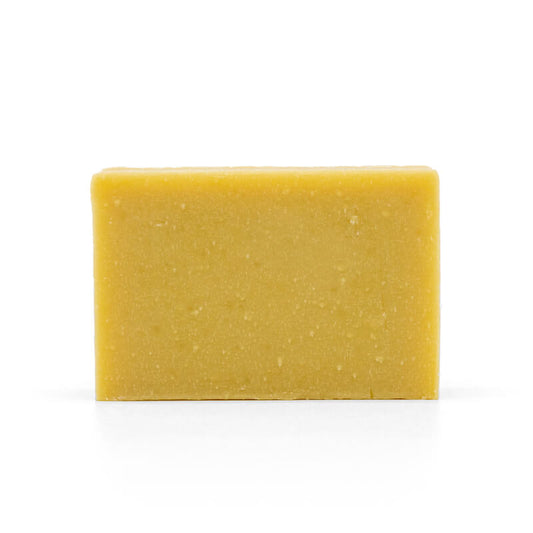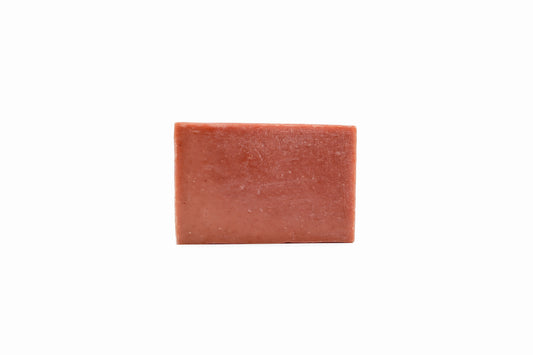Oakmoss Absolute Oil

Anyone who has visited the forests of the northern hemisphere has likely encountered oakmoss. Valued for its pleasant smell, oakmoss is used in a number of scented products, including the cold process soaps from Beaverton’s. Adding its unique notes to the Muskoka Moss scent, oakmoss enhances the base of Beaverton’s favorite Canada inspired soap fragrance.

A well formed growth of oakmoss fungus ; Image: The Guardian/David Whitaker/Alamy
Oakmoss is found in the forests of numerous countries, including Canada. Throughout the forests of Ontario, one will encounter oakmoss quite frequently. Often finding its home on the bark of trees, oakmoss typically prefers to grow on the bark of its namesake, the oak tree, but it may grow on other plants as well. Despite its name, oakmoss is not a true member of the moss family but is actually a species of lichen, which itself is a type of complex fungus that often houses terrestrial algae and/or cyanobacteria in a mutualistic hybrid colony. The appearance of oakmoss and its common occurrence on the surface of oaks is the source of its name, frequently growing in thick bushy clusters with a short height of only a few centimeters, giving it an aesthetic impact similar to pale toned moss. One of the distinguishing features of oakmoss growths that easily separates them from true mosses is the highly branched shape of their shoots, which resembles the shape of antlers from certain species of deer.

Oakmoss growing directly out of the broad surface of a tree trunk ; Image: iNaturalist/Fero Bednar
The fragrant extracts of oakmoss are used primarily in European influenced perfumery, where they typically are employed as base notes for complex scents. During the 16th century oakmoss was sometimes used in combination with rose petals and orris root to scent the powders that were applied to the large wigs worn at the time, many of which were infrequently cleaned and served as the breeding grounds for unpleasant odors. Oakmoss became a popular ingredient in French “fougère”-type perfumes, which usually have sweet and floral top notes, and “chypre”-type perfumes, which typically have top notes of citrus. Oakmoss spread to other countries and took on new character in each new environment, as oakmoss harvested from different habitats will have a slightly different scent; when it is taken from the bark of pine trees, oakmoss extracts may smell more resinous and turpentine-like than their oak-harvested counterparts, and there also exist cedar-grown and fir-grown varieties with their own nuanced aromas. Along with its uses in complex perfumes, oakmoss extracts bring their intriguing smell to the world of soap and self care products.

A bottle of Houbigant's Fougère Royale perfume from 1882 ; Image: Wikipedia/Guiclan
Woody, fresh, and slightly musky, oakmoss absolute oil extracted from material grown in France is an important part of Beaverton’s Muskoka Moss fragrance blend. Together with the aroma of other woodland plants, oakmoss adds a touch of additional depth to the smell of Beaverton’s cold process soap with its deep earthy scent. Echoing the lush forests of southern Ontario, the scent of oakmoss carries the soul to the sub-boreal forests of Canada, and adds a tranquil element to naturally derived skin care.







